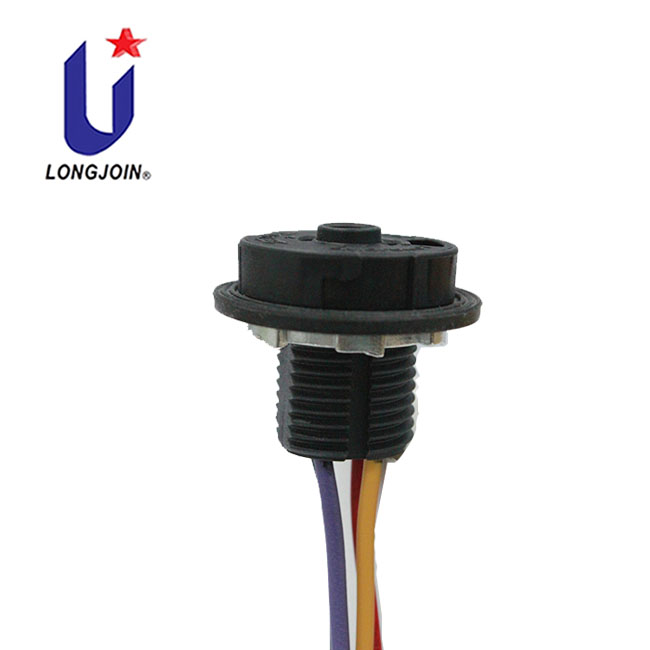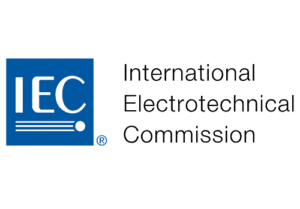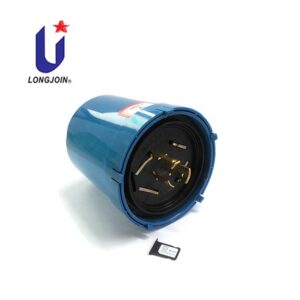How Do Zhaga Photocells Contribute To Energy Efficiency?
introduction
People are becoming inclined towards saving energy. Energy conservation is our duty as responsible members of society. It brings benefits to yourself, and society. Growing attention towards energy efficiency has made Zhaga photocells a popular demand. Unlike traditional photocells, they work by saving energy. It has made outdoor lighting easier, and affordable.
What are Zhaga Photocells?
We will begin with the basic query, what are Zhaga photocells? Well, Zhaga photocells are electronic sensors that automatically detect light levels in the surroundings. This helps to control the activation and deactivation of the lighting system. They are installed in streetlights and other outdoor lighting systems. Now, we will look into their working principle and how they can help to save energy.
How do Zhaga Photocells Work?
Their working principle is easy, yet effective. They have light-sensitive elements, that is usually a photodiode or phototransistor. This sensor measures the intensity of light. With the onset of dawn, the light levels decrease, and the photo sensor detects the change. It triggers the switching on of the lights. The lights would turn on, and provide visibility. The inverse happens when the light level in the surroundings is high.
It is not limited to a binary on-off functionality. It can have additional features such as adjustable sensitivity levels. You can change the threshold at which the photocell activates the lights. It provides greater flexibility. Another useful feature is time delay settings. It allows users to specify the duration for which lights remain activated or deactivated.
4 Ways Zhaga Cells Contribute to Energy Efficiency
Zhaga cells bring numerous benefits to the table when it comes to energy efficiency. It extends beyond energy savings to reduced maintenance costs, environment stability, and operational effectiveness. Here are some of the amazing ways Zhaga cells contribute to energy efficiency.
1. Enhanced Lighting Control
If you are using Zhaga cells, you will have precise control over the lighting system. It can accurately detect ambient light levels. It will certify that outdoor lighting works only when it is required. With manual lights, people often forget to turn them off. They continue to spend energy. However, with Zhaga photocells the lighting system will operate automatically. You can set up a duration or a lighting threshold. It will minimize energy consumption. This would save you finances!
Caption: Zhaga Book 18 controller
2. Optimal Energy Consumption
Zhaga cells decrease the wastage of energy. The lighting system will operate only when it is required. It can also adjust the brightness of the lights. If the light level is moderate, it can turn on dim lights. It will also reduce the energy consumed by lighting systems.
3. Durability of Lighting System
Zhaga cells have been designed to save you money. They extend the lifespan of lighting systems by preventing unnecessary functioning. During daylight hours, these lights turn off. Their runtime is reduced. It minimizes wear and tear on bulbs and other parts. Lesser runtime means that it requires low maintenance. You will not be required to frequently replace the cells, or pay high maintenance costs. The lifespan of the lighting system is extended by Zhaga photocells.
Caption: Zhaga book lock socket

The advancement of technology has brought many smart lighting solutions. Zhaga photocells can be connected to these systems to further contribute to energy efficiency. These sensors are connected to centralized control systems or the Internet of Things (IoT). They have advanced features to optimize lighting schedules and adjust brightness levels. They also help to gather data for predictive ambiance. This offers greater flexibility and reduced operational costs.
Zhaga cells make sure that you are not spending excessive energy on your outdoor lighting. They can be used by businesses or property owners to play their part in reducing energy consumption. It prevents negative effects on the environment. By using Zhaga cells, you can play your part in energy conservation.
Other Benefits of Zhaga Photocells
The benefits of Zhaga photocells are more than contributing to energy efficiency. Let us look at them;
1. Security
Zhaga photocells contribute to the security and safety of the outdoor environment. It provides consistent and reliable illumination. They improve visibility for pedestrians or cyclists to reduce the risk of accidents. It will improve overall safety. Moreover, well-lit spaces are less vulnerable to criminal activities. Zhaga cells make sure that the environment is illuminated at times of dim light.
2. Decreased Light Pollution
Poorly controlled outdoor lighting contributes to light pollution. Artificial light can have negative effects if operated for too long. Zhaga cells activate lights only when required, hence reducing the amount of artificial light emitted in the environment. It contributes to a peaceful atmosphere.
3. Compatibility
You can use Zhaga cells with renewable energy sources. It can be operated using solar power or wind energy. It will reduce carbon emissions. It works to decrease negative environmental impact.
4. Flexibility
Zhaga photocells can be programmed with adjustable sensitivity levels, and custom time duration settings. You Can create customized lighting schedules with it. This way it offers greater flexibility and adaptability for its users.
FAQs
Where are Zhaga photocells commonly used?
Zhaga mini photocells are commonly used in outdoor lighting applications. These include street lighting, car park lighting and building facades. They are also suitable for use in parks and other public spaces.
Can Zhaga photocells be incorporated into existing lighting systems?
Yes, Zhaga photocells can be easily connected with existing lighting systems. They are compatible with various types of fixtures and control mechanisms.
Do Zhaga photocells require regular maintenance?
Zhaga photocells are designed for minimal maintenance. However, periodic cleaning to remove dust, or debris is recommended to get optimal performance.
Are Zhaga photocells weather-resistant?
Yes, Zhaga photocells are weather resistant. They are designed to withstand outdoor conditions such as rain, snow and extreme temperatures. You should select a model for the specific environmental conditions.
Conclusion
Hope this has solved your query about how Zhaga photocells work, and how they contribute to energy efficiency. You can choose Zhaga photocells to play your part in saving energy. It will light up your area, without you worrying about excessive costs or light pollution. You can easily integrate them with your current lighting system. It will remove your responsibility of turning the lights on and off manually.
External Link
https://www.tandfonline.com/doi/full/10.1080/00207543.2021.1897177







